New Molecular Diagnostic Methods in Genetics
Workshop Presentation From the 2010 SOFT Conference in Sioux Falls
Presenter: Patricia Crotwell, Ph.D.
There have been advances in genetic testing in which small deletions that the microscope through previous methods could not pick up are now detected. An important advance is a matrix which has 2.7 MSNP, microsnips with 2.7 million individual DNA probes, which is the entire genome.
Karyotype
In studying the human chromosome it is important to catch a metaphase cell which is the phase in the cycle just before the cell divides. It is helpful to catch as many cells at metaphase as possible. The result is a karyotype, first done in the late 1950s, in which for instance, three copies of a chromosome can be detected. FISH, fluorescence in situ hybridization, is a later technique in which the patient’s DNA is hybridized and certain anomalies light up. There can be FISH for trisomy 18, trisomy 13, trisomy 21, X and Y anomalies and small deletions such as de George syndrome, a microdeletion of the 22nd chromosome. They are labeled with a fluorescent dye. With FISH at metaphase or interphase a specific chromosome lights up and can be counted. CGH, comparative genomic hybridization, or CMA, chromosomal microarray analysis, developed in the 1990s is a molecular cytogenetic method of detecting unbalanced copy number changes of chromosomes or large sections of DNA.
Gene Chip
Now there is a gene chip for a cytogentic array that enhances what is detected by looking for relative gains and losses of DNA. It does well in that it can detect gains (duplications) and losses (deletions) greater than 200 kilobases. The gains and losses are detectable if the gene is big enough. With simple nucleotide polymorphism there are about 4,000 normal variations in the populations. Some variations are normal and have no clinical implications. These are accounted for, so are not indicated as problematic.
Microarray Testing
The micro array is known as SNP based array, microarrays, virtual karyotyping and molecular karyotyping. The goal is to look for relative gains and losses in DNA. The outcome is a gridded pattern with multiple dots seen with the necessary scanner which converts data and makes a cartoon representative of chromosomes. It is oriented to individual chromosomes. For instance, for chromosome 15 there is an arrow up for a deletion and an arrow down for dislocation.
There can be a zoom-in for the section of chromosome indicated by the arrow. The missing section of DNA can be recognized. There can be copy number variations such as deletions, duplication and these may be clinically insignificant. It must be asked if there is a known pathogenic effect of this variant. Sometimes it is known that a variant is seen in particular populations, which is helpful in analysis.
The benefits
To illustrate the benefits the case of two adults diagnosed with Williams syndrome was presented. One fit the pattern of William syndrome: musical ability, high sociability and characteristic facial pattern. The cousin was not musical and had a different facial structure. Williams syndrome is not inherited but is the result of a microdeletion. Chromosome 7 was studied by microarray, and it was found that one cousin, true to his phenotype had the classic deletion. His cousin had a normal chromosome 7 with no significant gains or losses of DNA, indicating he did not have William syndrome. In a second case there was a duplication of chromosome 10 and it was not known if it was clinically significant. There were 400,000 probes of heterozygous SNPs. The question was whether both copies were inherited from one parent, and it was determined it was a case of uniparental disomy 8 in which both copies of the 8th chromosome came from one parent.
The SNP platform does more than previous methods, but limitations remain. It cannot detect a single gene disorder if caused by small single base pair changes. It cannot identify triple repeat disorders such as Huntington’s or fragile X. It cannot determine where extra genetic material lands, that is, where the DNA is gained. That must wait for the next generation of technology for genetic testing. What is most likely to benefit from microarray testing is determining congenital anomalies of birth defects, delayed growth and psychomotor development, autism spectrum disorders and abnormal sexual development. Analysis software is a good start in picking up anything that is big, but still not everything can be detected.
Patricia Crotwell, Ph.D. is director of Sanford Clinic USD genetics laboratory, is a specialist in genetics and adult, pediatric and prenatal clinical cytogenetics. She is an assistant professor of pediatrics at Sanford School of Medicine of the University of South Dakota.


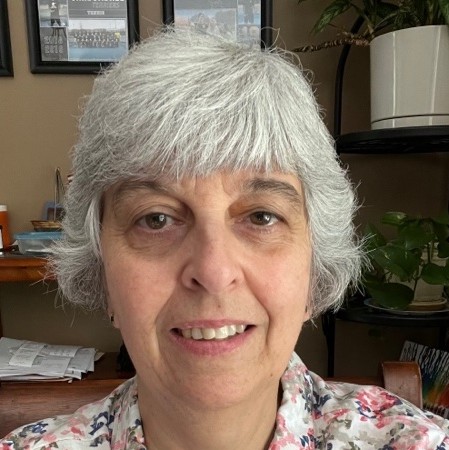


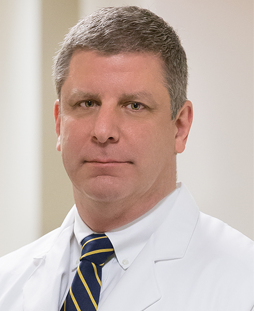

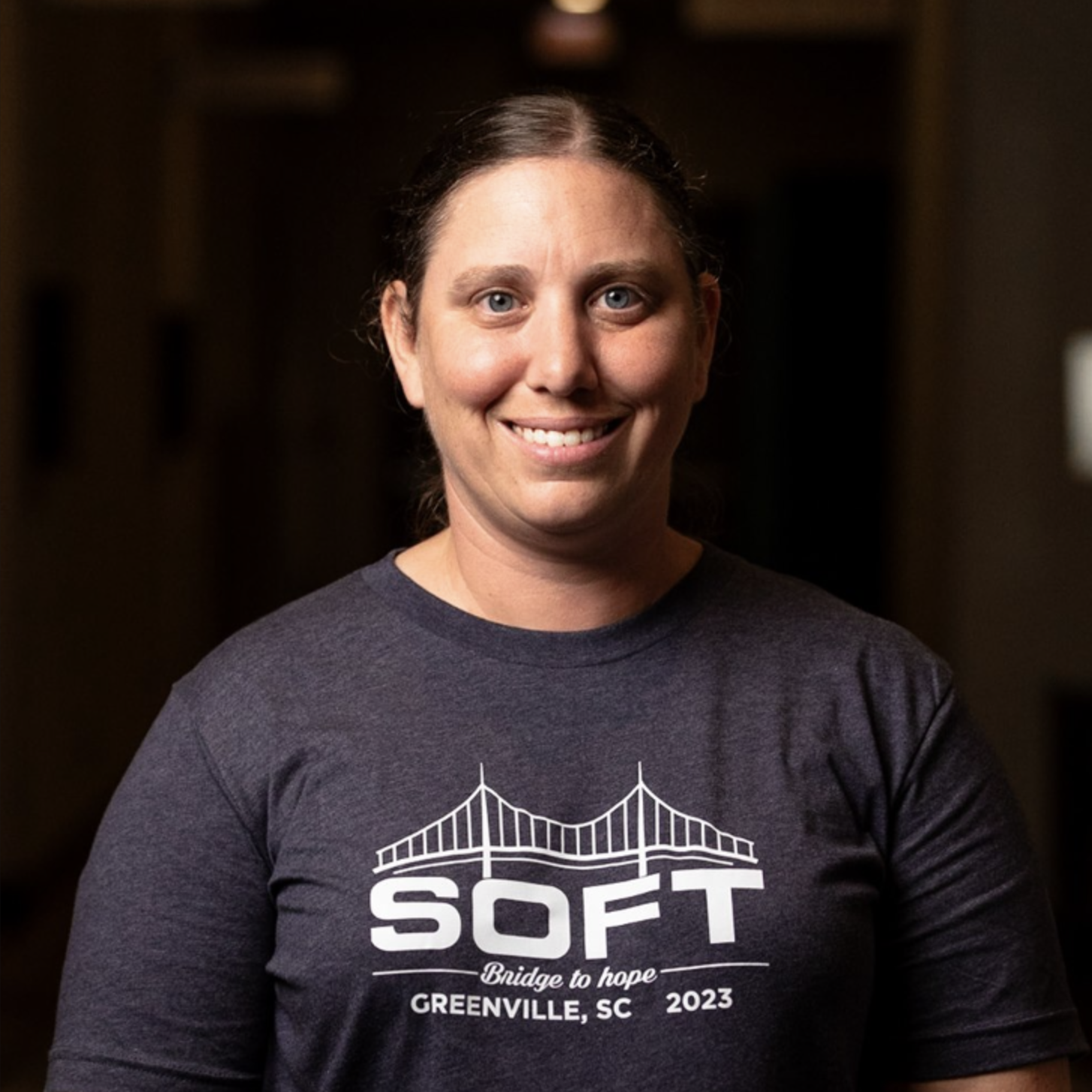



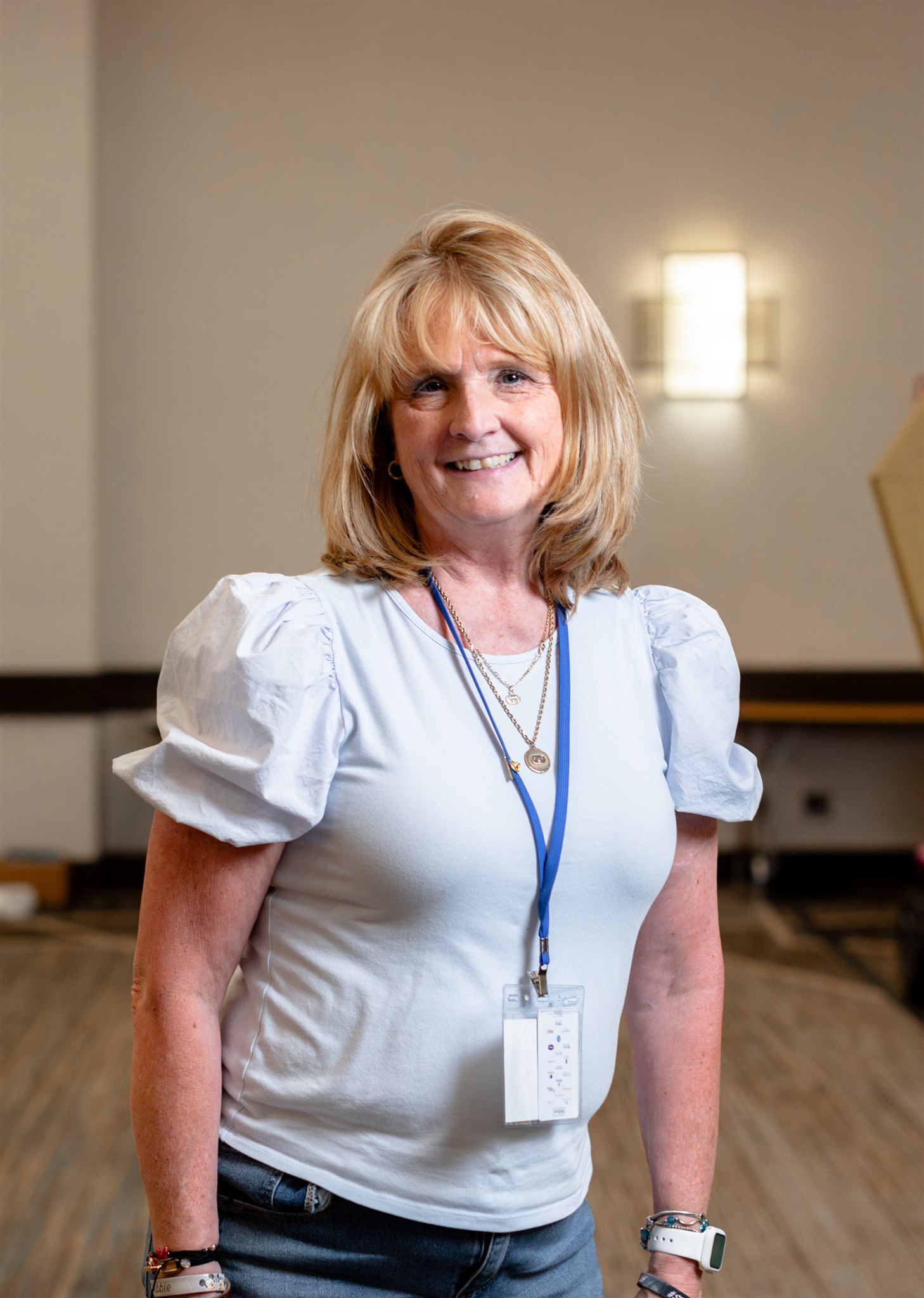
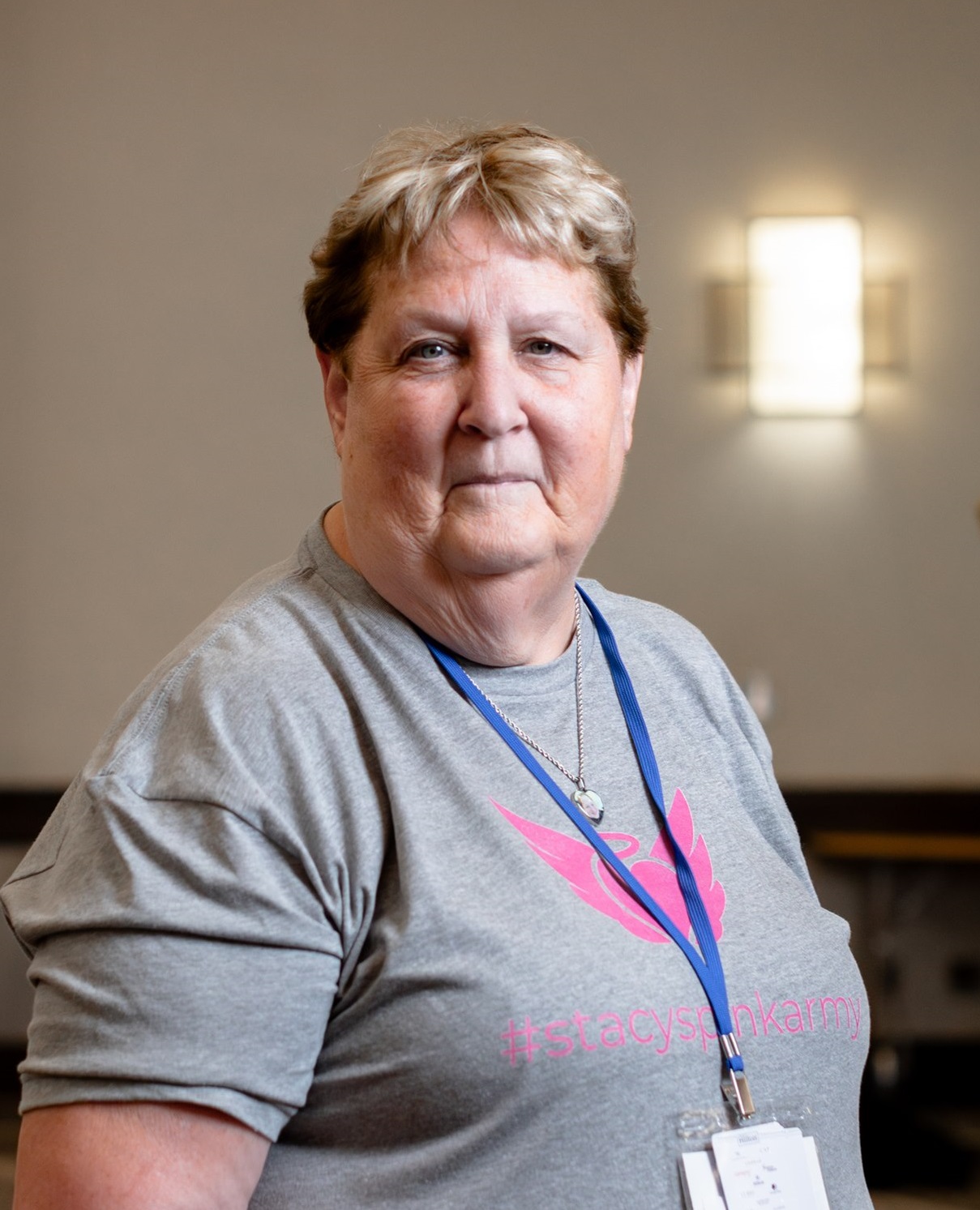

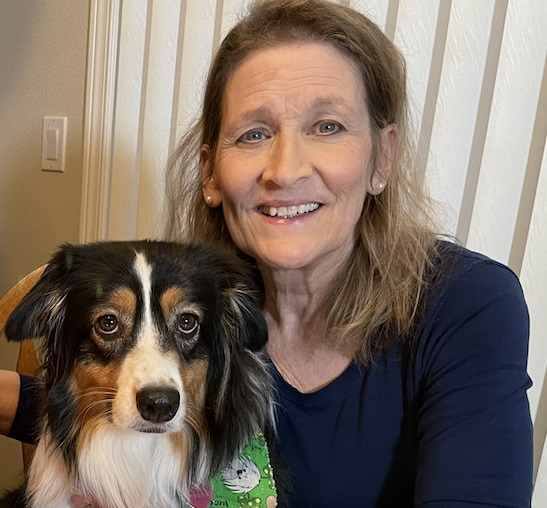
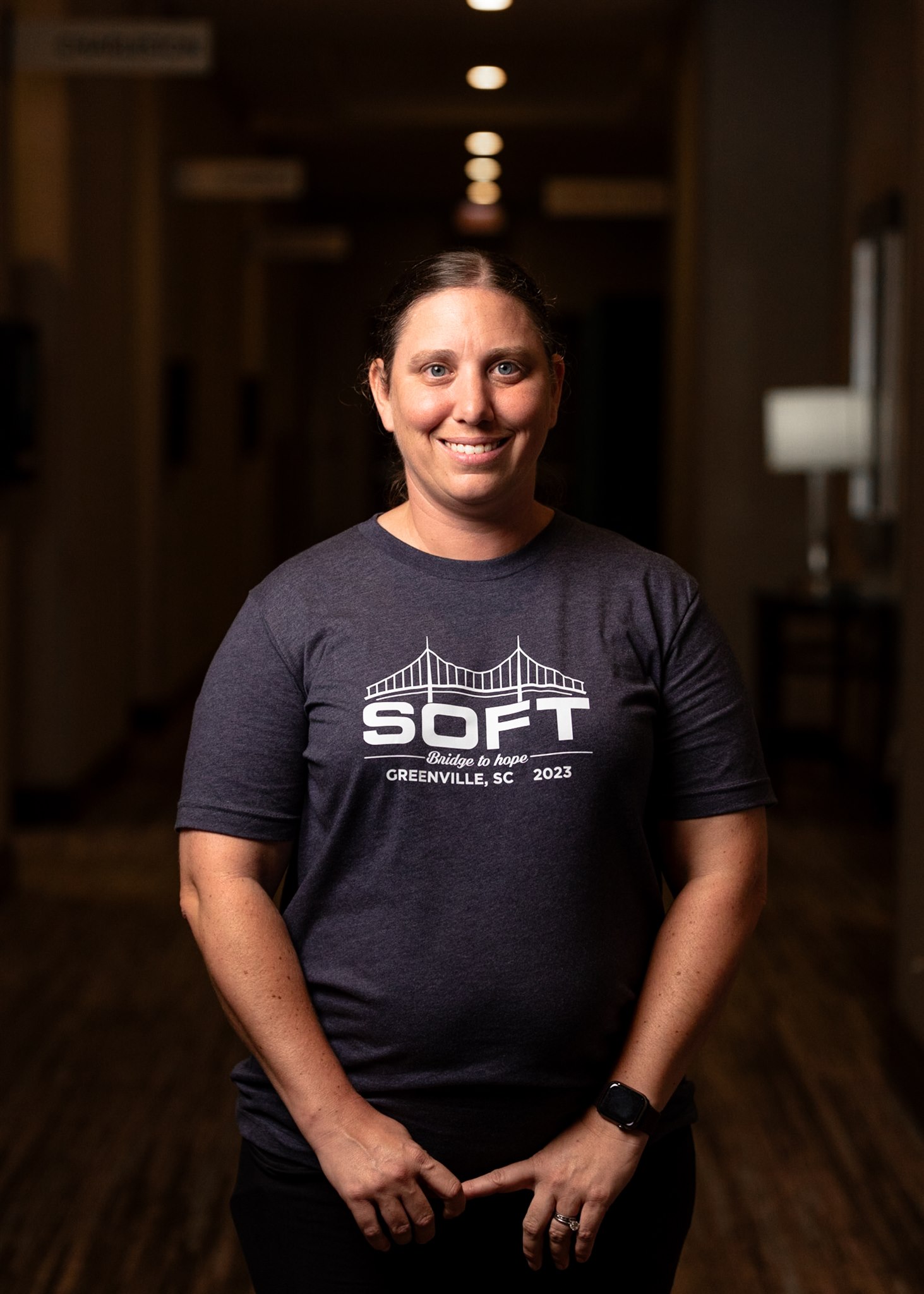





Recent Comments